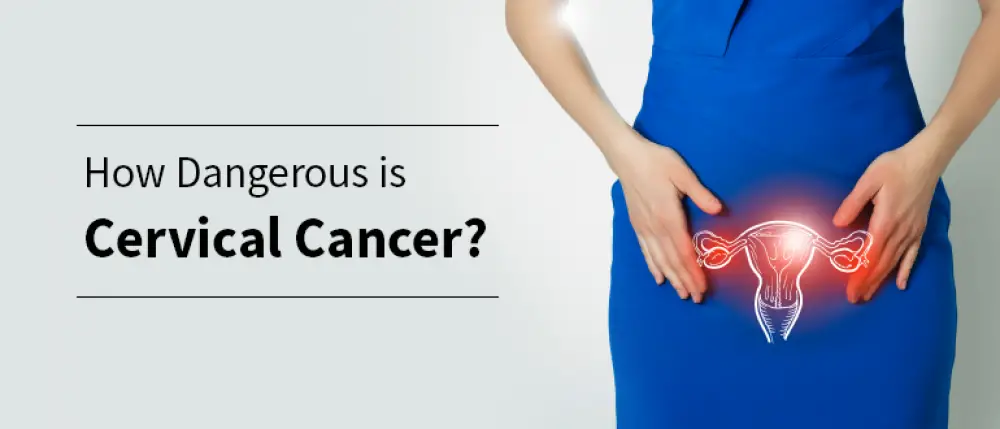A population-based initiative for prevention, control and screening for common NCDs, such as diabetes, hypertension and common cancers, has been rolled out under the NHM and also as a part of comprehensive primary healthcare.Under the initiative, those aged above 30 years are targeted for their screening for the three common cancers — cervical, breast and oral
New Delhi:
According to the Indian Council of Medical Research’s National Cancer Registry Programme (ICMR-NCRP), the estimated number of cervical cancer cases in the country in 2023 was more than 3.4 lakh, the government informed Parliament on Friday.
In a written reply to a question in the Lok Sabha, Minister of State for Health Satya Pal Singh Baghel said the Centre’s Department of Health and Family Welfare provides technical and financial support to the states and Union territories under the National Programme for Prevention and Control of Non-Communicable Diseases (NP-NCD) as part of the National Health Mission (NHM).
The support is provided on the basis of the proposals received from the states and subject to the resource envelope, the minister said.
The programme focuses on strengthening infrastructure, human resource development, health promotion and awareness generation for prevention, early diagnosis, management and referral to an appropriate level of healthcare facility for the treatment of non-communicable diseases (NCDs), including cancer, he added.
Under the NP-NCD, 753 district NCD clinics and 6,237 community health centre NCD clinics have been set up.
A population-based initiative for prevention, control and screening for common NCDs, such as diabetes, hypertension and common cancers, has been rolled out under the NHM and also as a part of comprehensive primary healthcare, Baghel said.
Under the initiative, those aged above 30 years are targeted for their screening for the three common cancers — cervical, breast and oral.
Screening for these common cancers is an integral part of service delivery under Ayushman Arogya Mandir, the minister informed the Lok Sabha.
As Cervical cancer is the second-leading cause of deaths among women in India, the central government had announced plans to encourage vaccinations against the human papillomavirus (HPV) through its immunisation programme, is exploring options to cap prices so that the vaccines to treat cervical cancer become more affordable, official sources have said.
According to Dr Bindu Bajaj, Obstetrics and gynaecologist, Safdarjung hospital, Cervical cancer is the fourth most common cancer among women worldwide, but it’s preventable also, “Cervical cancer, the fourth most common cancer among women worldwide, is caused almost entirely by human papillomavirus (HPV).
High-risk types of HPV can lead to cervical intraepithelial lesions which, over time, can progress to cervical cancer.”
“In India it is the most common cancer and breast cancer seconds it. It is a preventable disease. All though more than 100 subtypes of HPV are there, around 20 are cancer-causing.” she said.
Dr. Sabhyata Gupta, Chairperson, Gynecology and Gynecology Oncology, Medanta, Gurugram said, “The burden of cervical cancer in India is significant, and although vaccines have been available, concerns over cost have persisted.
With the introduction of a domestically produced vaccine and the government’s commitment to promoting cervical cancer immunization, the outlook for prevention has become promising. Increasing awareness among the population underscores the importance of engaging in patient counselling and community initiatives to boost vaccine uptake.
The recommended age range for vaccination is 11 to 15 years, extending up to 26 to 45 years with medical consultation.”
“HPV is transmitted by skin-to-skin contact, including during sexual intercourse, hand-to-genital contact, and oral sex.” she explained
On risk factors, Dr Bindu said, “Risk factors for HPV and cervical cancer include young age at sexual initiation, multiple sexual partners, high parity, smoking, herpes simplex, HIV, coinfection with other genital infections.” “Risk factors such as unsafe sexual practices, compromised immunity, and smoking highlight.” said Dr Sabhayata.”
HPV testing is the preferred method for cervical cancer screening. VIA by trained providers is especially suitable for low-resource settings until an affordable HPV test becomes available. Healthcare providers can choose the most appropriate screening and treatment modality.
A single visit approach is encouraged and treatment may be offered based on colposcopy diagnosis (‘see and treat’) or even on the basis of HPV test or VIA results (‘screen and treat’), if compliance cannot be ensured.” said Dr Bindu over screening and treatment modality.

